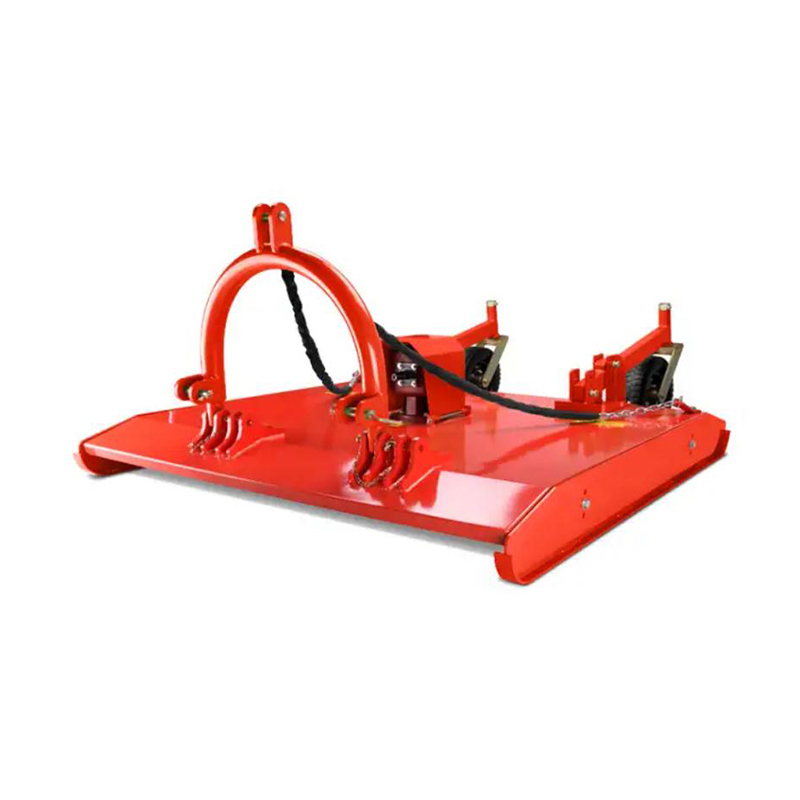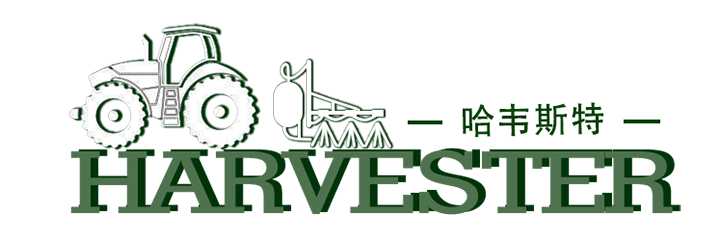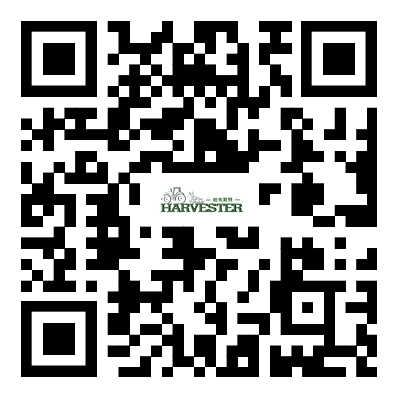What are some common uses for a rotary slasher in agriculture?
2024-09-20

What are the Common Uses of Rotary Slasher in Agriculture?
Rotary Slashers are used for a variety of purposes in agriculture. Some of these include:
1. Crop preparation
Rotary Slashers are used in clearing vegetation in preparation for crop planting. The machine helps to chop off weeds, grass, and other crops that might impede the growth of the desired plants. This ensures the crops have enough space to grow, adequate sunlight, and nutrients, leading to a better yield.
2. Crop harvest preparation
During crop harvest preparation, Rotary Slashers are used to chop off any crop residues that might be left after the harvest. These residues can harbor pests, pathogens, and molds, which can pose severe problems for crops during the next planting season. By removing these residues, this machine helps to keep the farm clean and ready for the next planting season.
3. Maintenance of orchards and vineyards
Rotary Slashers are also used in maintaining orchards, vineyards, and other farms where trees and vines are planted in rows. The machine is used to clear the vegetation and weeds between the rows, preventing competition for nutrients and light between the weeds and the desired plants.
4. Lawn maintenance
Rotary Slashers are also commonly used to maintain lawns in commercial, industrial, and residential premises. The machine helps to cut large areas of grass more quickly and efficiently than manual methods.
Conclusion
Rotary Slasher is a crucial piece of equipment in modern agriculture, and its versatility makes it one of the most valuable tools in a farmer's arsenal. Its applications are limited only by the farmer's imagination, and with constant innovation and improvement in its design, Rotary Slashers are set to remain integral in the agricultural industry.
Baoding Harvester Import And Export Trading Co., Ltd is a reputable company that specializes in the supply of a wide range of agricultural equipment, including Rotary Slashers. We are committed to providing farmers with the highest quality equipment to maximize crop yields. For any inquiries, kindly email us at Catherine@harvestermachinery.com
Scientific Research References
Balatti, S., & Ryding, J. (2016). Vegetation response to hedge cutting and flailing in rural road verges. Ecological Engineering, 91, 104-113.
McCall, D. G., & Yu, T. (2017). Revisiting the effects of field edge vegetation on beneficial insects in field crops. Journal of applied ecology, 54(6), 1947-1957.
Wieczorek, A. M., & Pabis, S. (2017). Investigation of the relationship between cutting blade in rotary mowers and cut quality. Journal of Food, Agriculture and Environment, 15(3& 4), 29-32.
Balbino, L. D., de Carvalho, L. A., & Santos, H. G. (2018). Phytosociology and biological spectrum as a tool in the evaluation of degraded pastures by different cutting heights. African Journal of Agricultural Research, 13(21), 1070-1079.
Cruz, M. R. N., Jacobsen, C. S., & Janisiewicz, W. J. (2017). Epidemiology and management of crabapple scab under climate change: a review. Plant Disease, 101(7), 1172-1182.
Pawlak, A., & Dróżdż, T. (2018). Influence of cutting blade shape on the wear of disc mower knives. Journal of Food, Agriculture and Environment, 16(1), 88-91.
Kluza-Wieloch, M., & Szostak, B. (2017). The Impact of Roadside Vegetation Control on the Density and Diversity of Selected Pollinator Groups. Environmental Management, 60(6), 1054-1073.
Perrenoud, S., Guillaume, K., & Pellet, J. (2018). A novel framework to reconstruct forest disturbance history from wood anatomical changes. Methods in Ecology and Evolution, 9(1), 84-97.
Oliveira, B. G. S., Andrade, L. R., & Souza, L. S. (2017). Tape grass agronomy: effects of nitrogen, phosphorus and potassium doses on nutrient uptake, biomass and essential oil yield. Industrial Crops and Products, 109, 603-609.
Tischenko, O. V., & Kuznetsov, S. V. (2017). Efficiency of technological methods of soil tillage and mineral and organic fertilizing methods in grain crop rotation. International Journal of Civil Engineering and Technology, 8(4), 1569-1576.
Wyatt, G., & Kneebone, J. (2016). The Effects of Hedge Cutting on Invertebrates in Managed Rural Landscapes in the United Kingdom. Invertebrate ecology and conservation.




